“I’ll write about how to have a Eureka moment!”
My mind is a pressure cooker of white-hot stress. I’m faced with a seemingly impossible situation: write a 1,500 word essay in two days on this month’s theme (a-ha moments) for The Hustle. Did I mention that this is my audition for their staff writer gig?
There’s nothing I can do. I only have 48 hours left to come up with a topic, write a draft, edit it, and then submit. The deadline is approaching. There’s nothing I can do. I’m going to miss it. Hell, there’s nothing anyone can do. This is impossible.
Alas! Out of nowhere, a flash of brilliance erupts like a lightning strike. The key to my problem is sitting right in front of me basking in a heavenly glow. Oh thank god! My hands move furiously as I type out my topic idea (this very sentence is part of it).
I have just experienced one of the most thrilling sensations one can have: a eureka moment. You were with me while it happened, do you feel the bond? At this very moment I realized that the very thing that I’m struggling with is exactly what I should write about: how to have a eureka moment.
But why this? Well, for one, I’m a writer. Creativity on demand to me is like a pool of HGH is to Lance Armstrong. And even better, I still have both of my balls.
Two, the science addressing eureka moments and how to generate them on demand is subject to extensive debate. Are epiphanies just glorified illusions? Is your brain revealing something that you already knew as opposed to making something out of nothing? Is there a get-rich-quick scheme for creating your own eureka moment? The topic is shrouded in fog.
And so, because on demand creative genius is something we all need more of, I’m going to spend the next 1,529 words teaching you about eureka moments.

What’s a Eureka moment?
A young boy and his father are in a car accident. The father dies at the scene. The boy is rushed into surgery, but the surgeon steps out of the operating room and says, “I can’t operate on this boy — he is my son!”
Who is the surgeon?
For most people, this riddle is a toughie. How can the father operate if he’s dead? Is he gay? Did he not really die?
Shockingly, a recent study by Boston University found that only 14% of the 200 participants could solve this riddle. And it’s not like the poll was taken at the entrance to the Talladega 500.
In fact, when BU told the same riddle to a group of self-described feminists, only 26% of them got the answer right.
So why is that an issue? Because the surgeon is the boy’s mother.
This riddle is a classic example of representational change, a theory that describes why people have “aha!” moments. According to the theory, sudden insight occurs when a person relaxes their self-imposed constraints on a problem and is then able to come to the solution.
For example, take a look this optical illusion below. Most likely, you see a young woman looking to the side. But when once you relax, you’ll see an old lady with a massive nose. See? That’s the representational change theory.
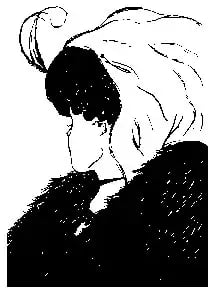
In the case of this riddle, it assumes that the recipient has a bias against women, proving that people’s everyday bias, whether they know it or not, gets in the way of solving a problem. But when you remove the constraint (women can be doctors) the answer immediately hits you, and thus a eureka moment.
Now, for a eureka moment to be a true eureka moment, a person must go through two phases. The first is the incubation period, which is when the problem solver faces a problem he can’t figure out.
For this riddle, the meathead being told the joke (or the feminist, according to the study) has no idea how a dead dad can operate on his son. He’s stuck. He’s tried every possible combination. And still, no answer.

“What the f?! Maybe the dad came back to life. Yeah, that’s gotta be it. Or wait, maybe the surgeon is really the grandpa? No, that doesn’t make any sense. Is there some Caitlyn Jenner situation going on here?”
In many cases, the incubation period can take days, weeks, months, or even years. During this time, if the problem solver wants to be successful he needs to study different topics, ideas, and stories that are tangentially related. New ideas, even if seemingly unrelated, help answer the problem.
Phase 2 comes after the meathead hits the proverbial wall. This is when his mental fixation shifts… revealing the solution. The cliche “think outside the box” is an appropriate way of describing phase 2. In this moment the meathead realizes that women can be doctors, and then AHA!… it hits him.
Now, to address something I KNOW you’re thinking: yes, there’s a reason why many people experience aha! moments in the shower. In a massive study, researchers claim that most eureka moments happen when you’re in a rest phase. Why? Because that’s when you stop trying and forget about the constraints to your problem and let your newfound ideas from phase to make connections.
So yes, it’s actually helpful to NOT work sometimes.
Is genius on demand possible?
So now let’s get to the thing you really wanna know: can eureka moments be created on demand?
I’ll save you the suspense: a number of scientific studies have come to the conclusion that we don’t know exactly what Eureka moments are. ¯_(ツ)_/¯ Therefore, we can’t create them on demand.
But there’s a catch. While there isn’t a way to suddenly create an aha! moment, there is a way to manufacture creativity, the precursor to having a eureka moment.
You see, even though you can’t instantly drum up an “aha!” moment, the good news is that the science on facilitating creativity is more precise than figuring out what a eureka moment is.
Creativity, in a nutshell, is linking old ideas and concepts in a novel way. It’s the thing you do that helps you arrive at your eureka moment. Or as Drexel University psychologist John Kounios put it “Creativity is the process, not the product.”
To get a little analogous on yo ass, creativity is to a eureka moment the same way a car is to your final destination. Driving a car doesn’t guarantee that you’ll arrive where you wanna go, but it will help you get there a lot easier.
Now, unfortunately there isn’t a foolproof 12-step process that’ll make you the Archimedes of your field, but there are a few a Apple-Maps-style things you can do (they’ll get you within the ballpark of where you want to be) to help spur creativity and find the elusive eureka moment.
Limit coffee
Sure, coffee has lots of benefits, but contrary to popular belief it actually hurts creativity. Why? Because coffee can make you TOO focused, and as you now know a wandering, unfocused mind is the key to eureka moments.
Have a high IQ
Ya, so there’s evidence linking mental illness and creativity, but there’s no correlation between having a high IQ and creative output. My main woman Nancy Andreasen proved this a while back in 2004. But that doesn’t mean you can be a moron and still be creative…you just need an IQ above 120, slightly above average intelligence. Anything above that won’t help you become a creative genius.
Become an autodidact
Teaching yourself new things rather than be spoon fed information in the traditional way in one of the best ways to be more creative. Yeah, it’s kind of a long term approach, but it’ll pay huge dividends. Instead of signing up for courses and trusting everything they tell you, research on your own, read every book on the topic, and create your own theories.
Three of the most famous Silicon Valley tycoons, Steve Jobs, Mark Zuckerberg, and Bill Gates, were all college dropouts. Why? Because their thinking is different. Research has shown that “creative geniuses” have a way of solving a problem that isn’t typical. It pays to be weird.
William Thurston, one of the great mathematicians of the last century, summarized it best:
“My mathematical education was rather independent and idiosyncratic, where for a number of years I learned things on my own, developing personal mental models for how to think about mathematics. This has often been a big advantage for me in thinking about mathematics, because it’s easy to pick up later the standard mental models shared by groups of mathematicians.”
Act like a polymath
George Lucas’ interests include anthropology, history, sociology, neuroscience, storytelling, digital technology, architecture, and interior design. Hell, in 2004 he even won The National Medal of Technology. He was what you call a “polymath” – someone who knows a whole helluva lot on lots of different subjects. Ben Franklin and Da Vinci are also on the list of famous polymaths. If you’re reading this article, then there’s a 99% you know of Tim Ferriss, who in my opinion is a prime polymath example. All of these people are famous for devouring books on different subjects.
Where do good ideas come from?
So this entire article might be kind of fluffy to you. I mean, we just learned that eureka moments can’t happen on demand and even though creativity can be manufactured, it most likely will take a long time.
But here’s the deal. There have been millions of creative geniuses who’ve lived before us. So instead of working too hard, just go ahead and copy what worked for them (in no particular order):
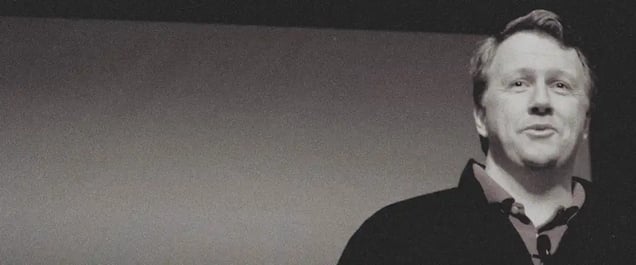
Exercise

Conversations
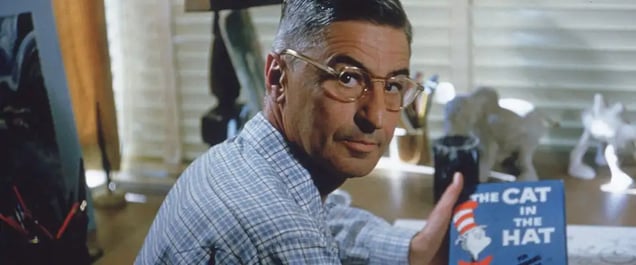
Hats
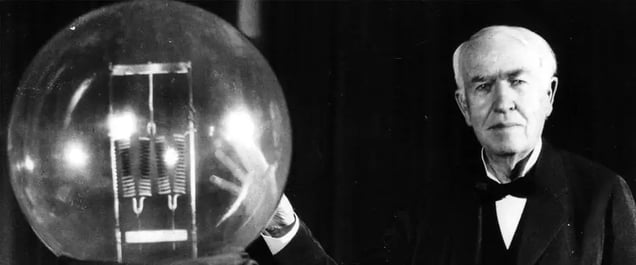
Naps

Walking
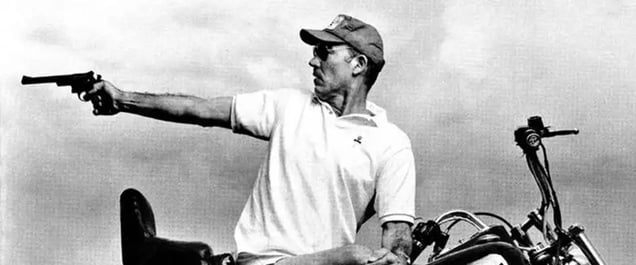
Drugs and Alcohol
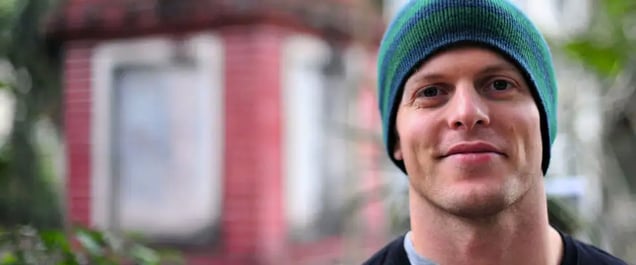
Psychedelics
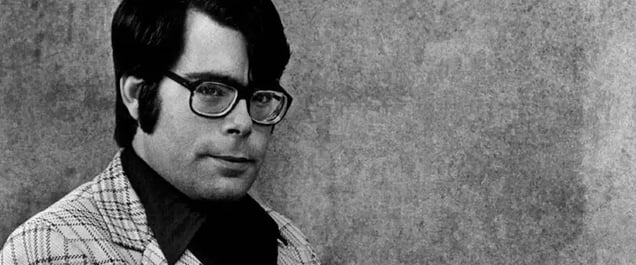
Persistence
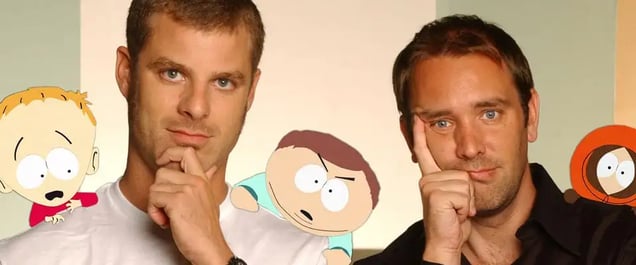
Deadlines
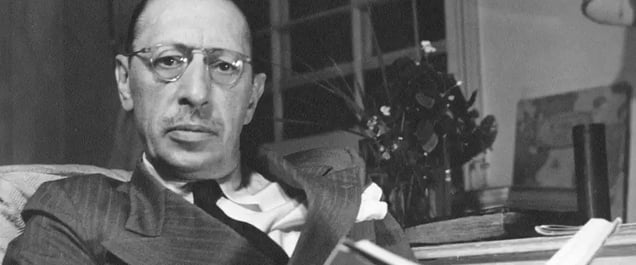
Gymnastics
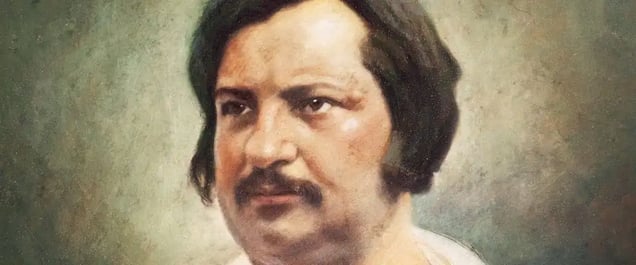
Coffee

Limitations
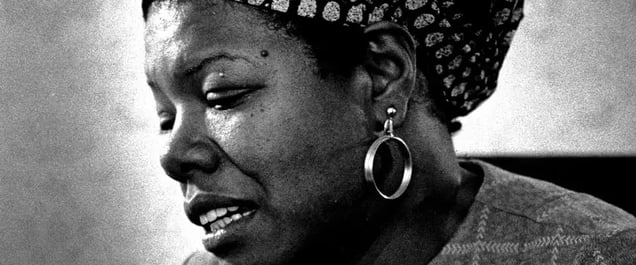
Isolation
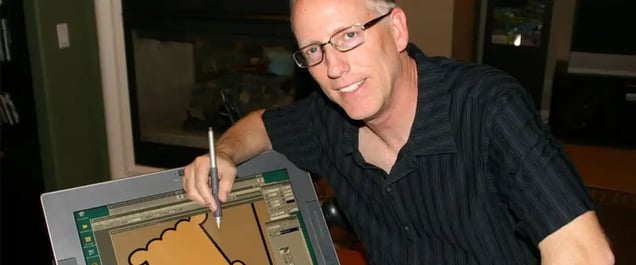
Boredom
Before you and I part ways, there’s one thing I have to ask: if you liked this article would you please share it? This post is my audition as a writer for The Hustle and the only way to gauge if you like this is by a share.
So what do ya say…do you want me to keep on writing stuff like this? If so, share.

